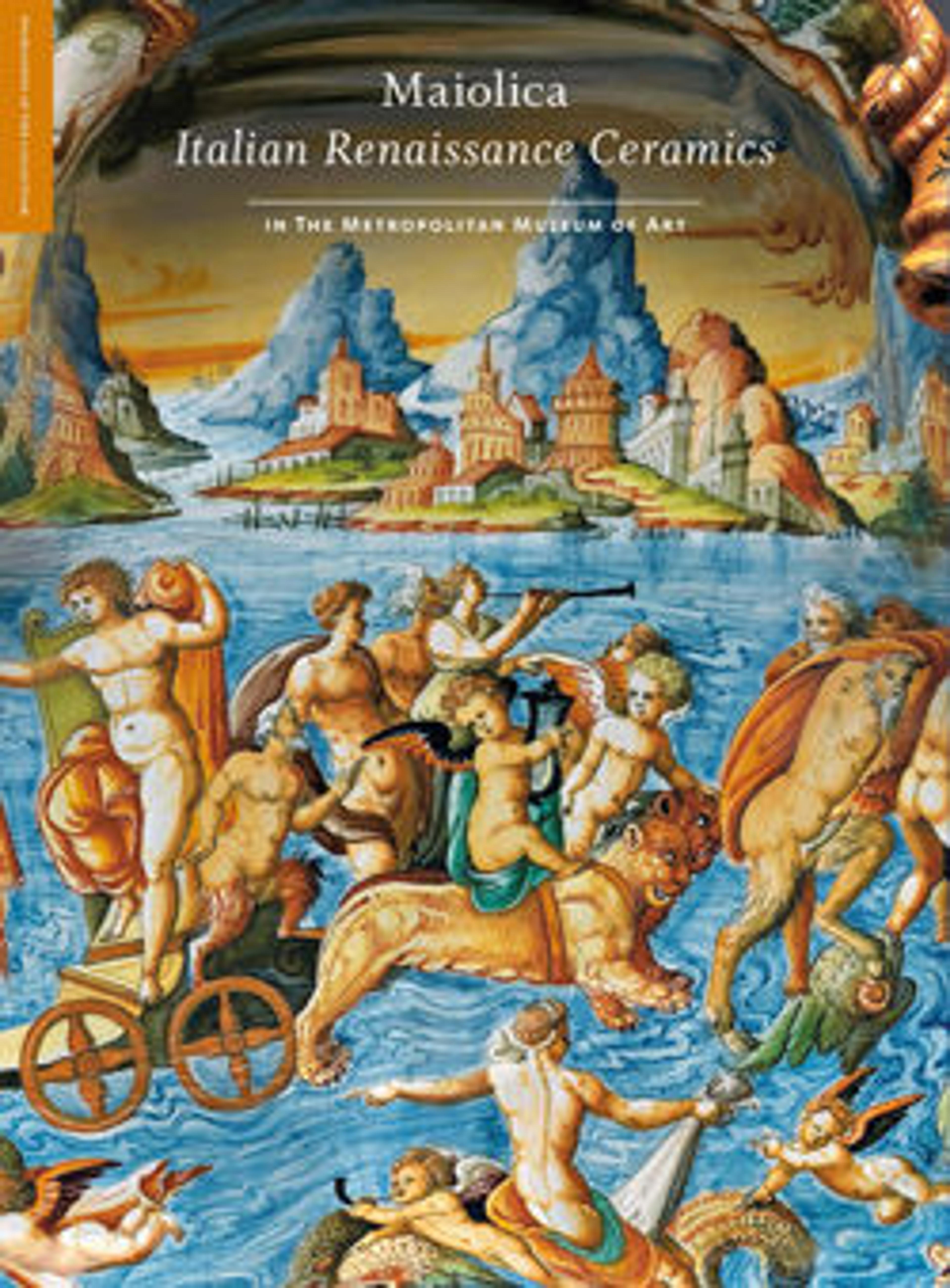Bowl
The technique of lusterware involves the use of a copper oxide which, when painted on in the desired patterns and fired separately, produced a metallic sheen in tones ranging from pale gold to deep reddish copper depending on the proportions of the mixture. This bowl, probably a remnant of a larger table service, was made for export for the Dazzi family of Florence, whose arms it bears. Italy was a major market for the Manisan pottery industry, and certain Spanish designs, such as the bryony leaf pattern on this bowl, were emulated by Florentine potters.
Artwork Details
- Title:Bowl
- Date:1430–1460
- Geography:Made in probably Manises, Valencia, Spain
- Culture:Spanish
- Medium:Tin-glazed earthenware
- Dimensions:Diameter: 9 in. (22.9 cm)
- Classification:Ceramics
- Credit Line:The Cloisters Collection, 1956
- Object Number:56.171.156
- Curatorial Department: Medieval Art and The Cloisters
More Artwork
Research Resources
The Met provides unparalleled resources for research and welcomes an international community of students and scholars. The Met's Open Access API is where creators and researchers can connect to the The Met collection. Open Access data and public domain images are available for unrestricted commercial and noncommercial use without permission or fee.
To request images under copyright and other restrictions, please use this Image Request form.
Feedback
We continue to research and examine historical and cultural context for objects in The Met collection. If you have comments or questions about this object record, please contact us using the form below. The Museum looks forward to receiving your comments.
